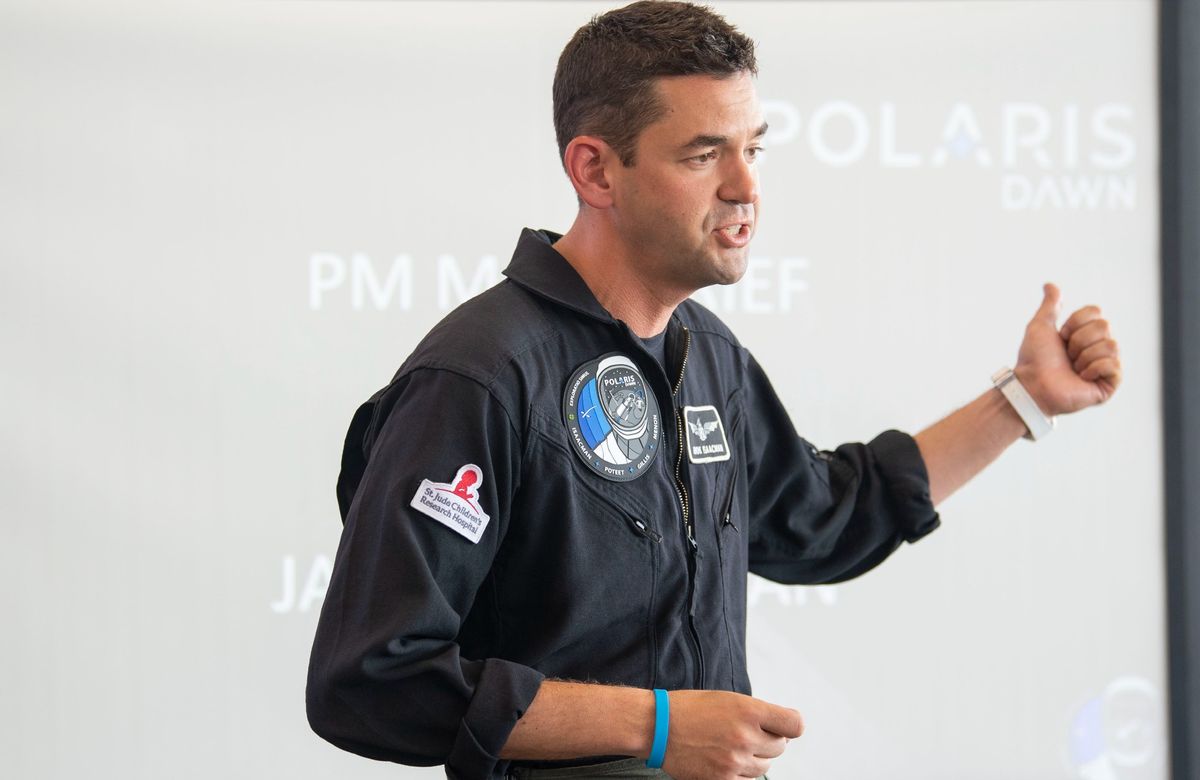FOREST RANCH, Calif. (AP) — Thousands of firefighters are struggling Wildfires in Northern California Hours after the blaze burned an area the size of Los Angeles, it got some help from the weather on Saturday. The fire was one of many in the western United States and Canada fueled by wind and heat.
Cooler temperatures and an increase in humidity on Saturday will help slow California's largest wildfires so far this year. The fire's intensity and dramatic spread led fire officials to make unpleasant comparisons. Terrible camp fire. That fire burned out of control in nearby Paradise in 2018, killing 85 people and burning 11,000 homes.
Heaven was close to the danger zone again. The entire city was under an evacuation alert Saturday, one of several communities in Butte County. Evacuation orders were also issued in Plumas, Tehama and Shasta counties. An evacuation alert calls for people to prepare to evacuate and wait for instructions. An eviction order means immediate eviction.
Temperatures are expected to be cooler than average by the middle of next week, but « that doesn't mean the current fires are going to go away, » said Mark Senard, a meteorologist at the National Weather Service Weather Prediction Center in College Park. Maryland.
As of Saturday, the fire had burned 540 square miles (1,409 square kilometers). Los Angeles covers an area of approximately 503 square miles (1,320 square kilometers). The fire was moving north and east after igniting Wednesday when a man drove his burning car into a ravine in Chico and then quietly mingled with others, officials said.
Ronnie Dean Stout, 42, of Chico, was arrested early Thursday in connection with the fire and was being held without bail pending an arraignment Monday, authorities said. Emails sent to the district collector asking whether the suspect had legal representation or could comment on his behalf did not receive a response.
Cal Fire incident commander Billy Seay said at a briefing on Saturday that the fire has been advancing 8 square miles (21 square kilometers) an hour since its start. But there was cautious optimism as weather conditions slowed the fire's progress in some areas, and firefighters were able to plan and deploy additional personnel. About 2,500 firefighters are battling the blaze with the help of 16 helicopters and a large number of air tankers.
« We've got almost three times the workforce today than we had yesterday morning, » he said. « We still don't have enough. »
He advised his team to be aggressive, stay safe and take advantage of the better conditions they will experience in the coming days.
Fast-moving flames also put other communities in the American West and Canada under siege Saturday.
The National Interagency Fire Center reported more than 110 active fires were burning in the United States on Friday, covering 2,800 square miles (7,250 square kilometers). Some were due to weather Climate change is increasing The frequency of lightning strikes can withstand record heat and bone-dry conditions.
In Chico, California, Carly Parker was among the hundreds who fled their homes as the Park Fire approached. Parker decided to leave his forest farmhouse with his family when the fire started to burn across the street. He had previously been evacuated from two houses by the fire, and said he had no hope that his residence would remain unscathed.
« I think I was in danger because the police came to our house because we had signed up for early evacuation warnings and they ran to their vehicle telling us we had to leave on our own and they wouldn't leave. Come back,” said Parker, a mother of five.
Amanda Brown, who lives in the same community where Stout was arrested, said she was appalled that someone would set fire to a region where memories of the disaster in Paradise are still fresh.
« It's unbelievably cruel that someone could do this to our community again on purpose. I don't understand it, » said Brown, 61, who was about a mile (1.6 kilometers) from the fire but was not ordered to evacuate.
Elsewhere, fire crews are making progress on another complex of fires burning in the Plumas National Forest near the California-Nevada line, Forest Service spokeswoman Adrian Freeman said. Traffic was backed up for miles near the border on a section of the main highway connecting Los Angeles and Las Vegas as crews continued to battle a fire Saturday, a day after a truck carrying lithium-ion batteries crashed and flipped onto its side. .
The worst damage so far has been in Jasper National Park in the Canadian Rockies, where fast-moving wildfires have forced 25,000 people to evacuate. Destroyed the city for which the park is named, a World Heritage Site. Officials there said the cold and wet weather was helping crews control the wildfire. This comes after Parks Canada said 358 of the 1,113 structures in the town of Jasper were destroyed.
In eastern Washington state, crews halted the forward progress of a wildfire near the community of Tyler that destroyed three homes and five buildings late Friday, the Washington Department of Natural Resources said Saturday. The southern Columbia Basin fire has burned trees and grass, and crews continue to work on containment lines around the fire perimeter.
Two fires in eastern Oregon, including the Turkey and Cow Valley flames, have burned about 660 square miles (1,709 square kilometers). Oregon Gov. Tina Codec offered her condolences to the family of the pilot of a single-engine air tanker that went into the forest late Friday while fighting a separate fire near the town of Seneca and the Malheur National Forest.
In Idaho, lightning strikes caused fast-moving wildfires and the evacuation of many communities. The fire was burning about 31 square miles (80 square kilometers) Friday afternoon. Juliata, about 27 miles (43 kilometers) southeast of the University of Idaho campus in Moscow, was evacuated just before the blaze, like many other communities on Thursday.
___
Rodriguez reported from San Francisco. Associated Press writers Rebecca Boone, John Antsak, Rio Yamad, David Sharp, Holly Ramer, Sarah Brumfield, Claire Rush, Terry See, Scott Sonner, Martha Bellisle and Amy Hanson contributed to this report.






